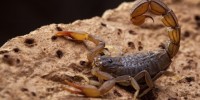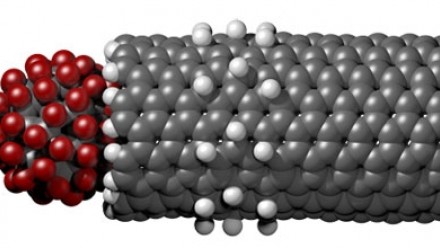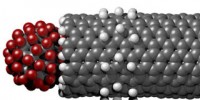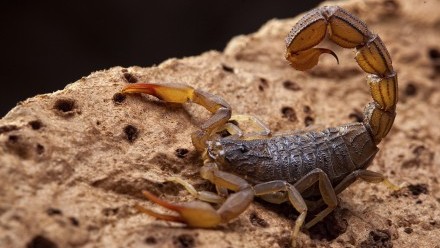Chung Group - Biophysics of ion channels
Our primary research effort is aimed at elucidating how membrane ion channels work. Making use of a powerful supercomputer, we are attempting to follow the motion of ions as they move through a channel, study how a channel can select only the correct type of ions to traverse it and determine how many ions a single channel is capable of processing per second. We are also attempting to understand how the channel is switched from closed to open. Research interests include: Computational biophysics, Biological ion channels, Stochastic and molecular dynamics, Synthetic nanotubes, and Drug-channel interactions.
The Group is wholly funded by grants from the National Health & Medical Research Council. We have made several key contributions to the field of theoretical biophysics. Among these are:
- Developed accurate theoretical models of various types of biological ion channels, such as the potassium channels, CIC chloride channels, acetylcholine receptors, GABA channels and mechano-sensitive channels;
- Devised computational tools for simulating the behaviour of many charged particles interacting with a low dielectric boundary;
- Elucidated the mechanisms of classical potassium channel blockers, such as tetraethylammonium and 4-aminopyridine;
- Designed nanotubes made of boron and nitride atoms that broadly mimic some of the properties of biological ion channels, such as aquaporins, the gramicidin pore and ClC chloride channels.
Currently, we are developing a computational program that will allow us to study the interaction between polypetpides (drugs, toxins, other large molecules) and ion channels embedded in the lipid-bilayer.
- Computational Biophysics - the group's website
| Project | Status |
|---|---|
| ANU International applicants for PhDs in Biomedical Science and Biochemistry | Current |
| Synthetic nanotubes to mimic biological ion channels | Current |
Selected publications
- Tamsyn A. Hilder, Rui Yang, V. Ganesh, Dan Gordon, Andrey Bliznyuk, Alistair P. Rendell and Shin-Ho Chung. Validity of current force fields for simulations on boron nitride nanotubes. Micro & Nano Letters 5, 150 - 156, 2010.
- Dan Gordon, Matthew Hoyles and Shin-Ho Chung. An algorithm for rigid-body Brownian dynamics.Physical Review E 80, 066703-1 - 066703-12, 2009.
- Tamsyn A. Hilder, Daniel Gordon, and Shin-Ho Chung. Salt rejection and water transport through boron nitride nanotubes. Small 5, 2183-2190, 2009. DOI: 10.1002/smll.200900349,
- S. H. Chung, O. S. Andersen and V. Krishnamurthy. Editors. Handbook of Ion Channels: Dynamics, Structure, and Applications. Springer Verlag, New York. (see Publications for chapter pdfs).
- Dan Gordon, Matthew Hoyles and Shin-Ho Chung. An algorithm for rigid-body Brownian dynamics.Physical Review E 80, 066703-1 - 066703-12, 2009.
- Dan Gordon, Vikram Krishnamuthy and Shin-Ho Chung. Generalized Langevin models of molecular dynamics simulations, with applications to ion channels. Journal of Chemical Physics 131, 134102-1 - 134102-11, 2009.
- Tamsyn A. Hilder, Daniel Gordon, and Shin-Ho Chung. Boron nitride nanotubes selectively permeable to cations or anions. Small 5, 2870-2875, 2009. DOI: 10.1002/smll.200901229,
- Tamsyn A. Hilder, Daniel Gordon, and Shin-Ho Chung. Salt rejection and water transport through boron nitride nanotubes. Small 5, 2183-2190, 2009. DOI: 10.1002/smll.200900349,
- Taira Vora, Ben Corry and Shin-Ho Chung. Brownian dynamics study of flux ratios in sodium channels.European Biophysical Journal 38, 45-52, 2008.
- B. Corry, M. O'Mara and S. H. Chung. Conduction mechanisms of chloride ions in ClC-type channels.Biophysical Journal 86, 846-860, 2004.
All publications
- Go to Shin-Ho Chung's Publication page for PDFs of publications.
- Go to a complete list of publications on the ISI website.













